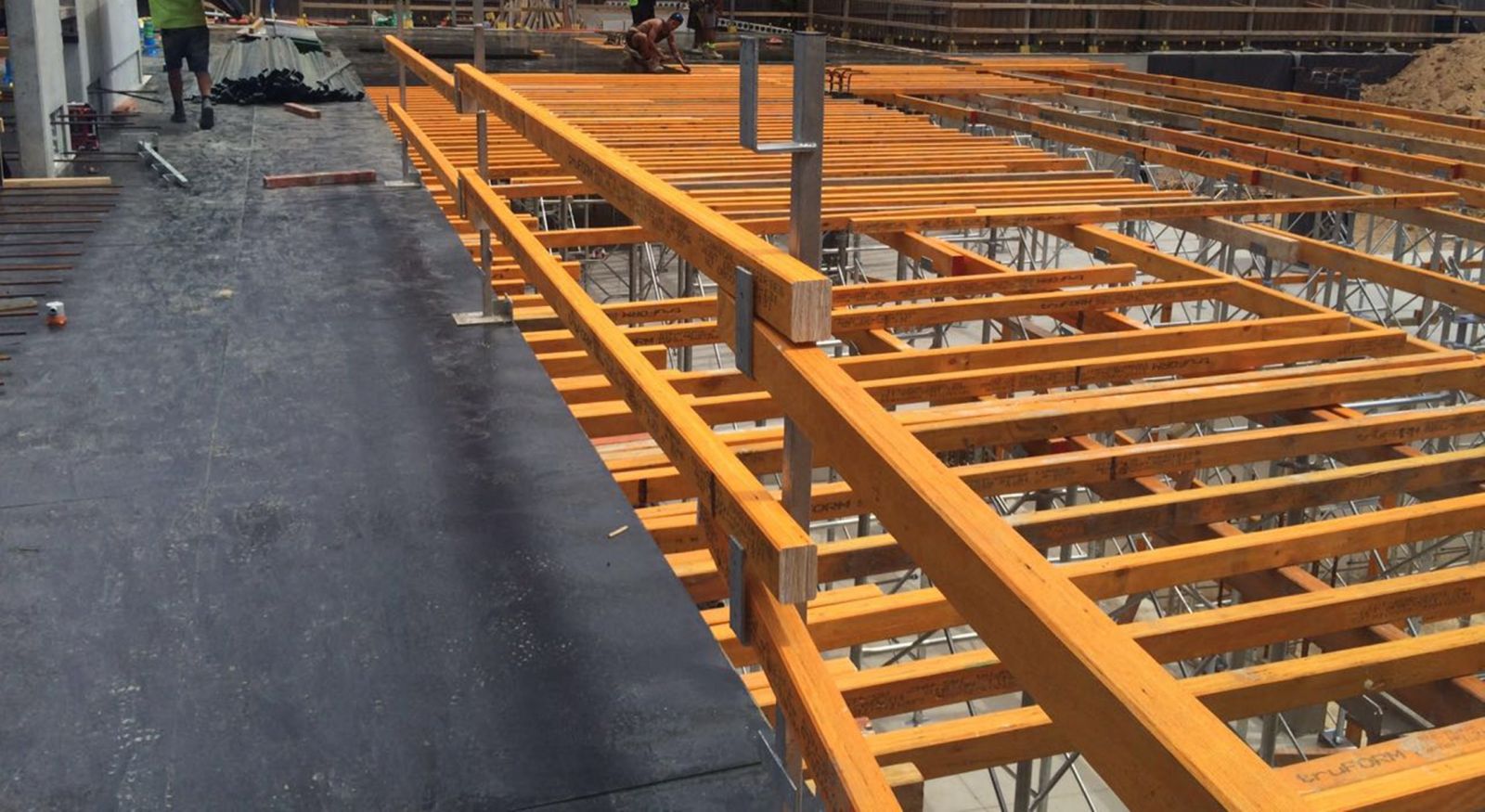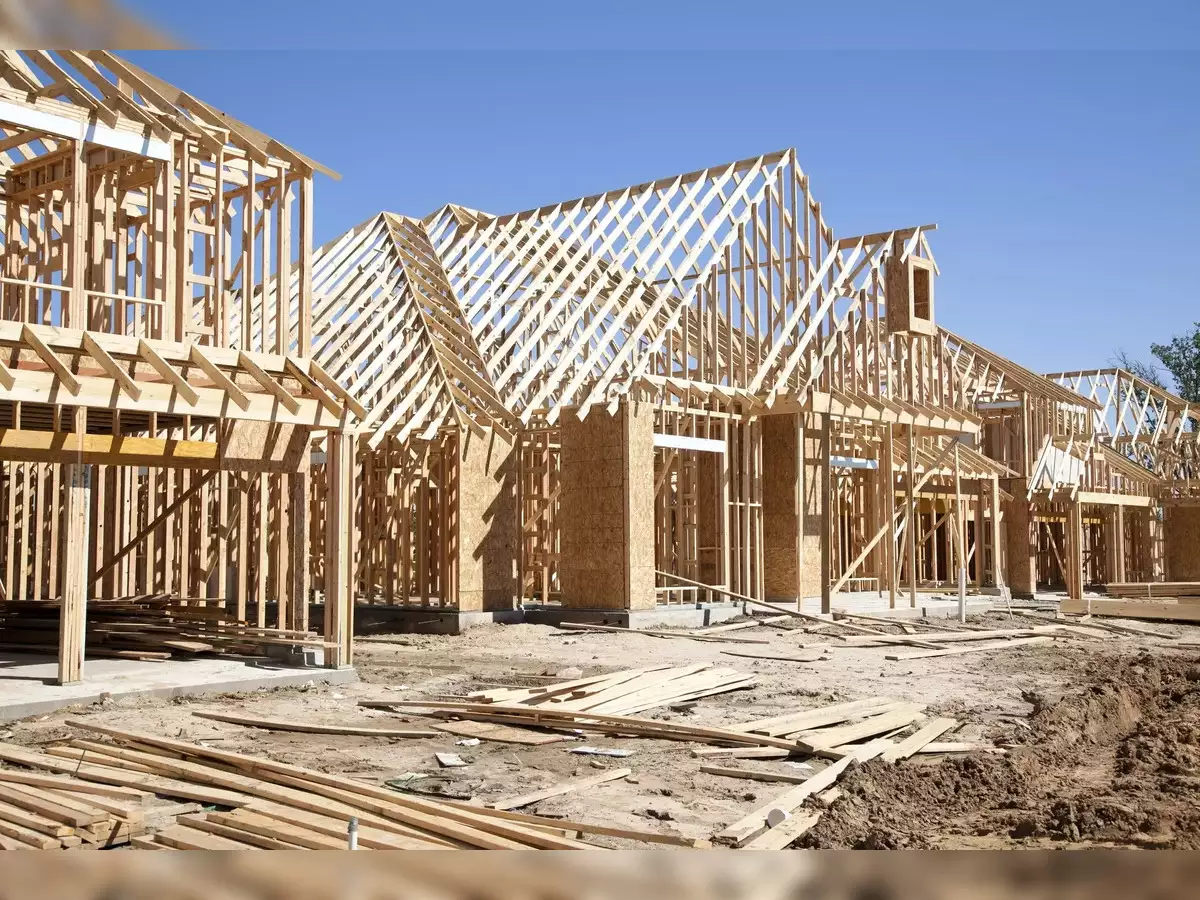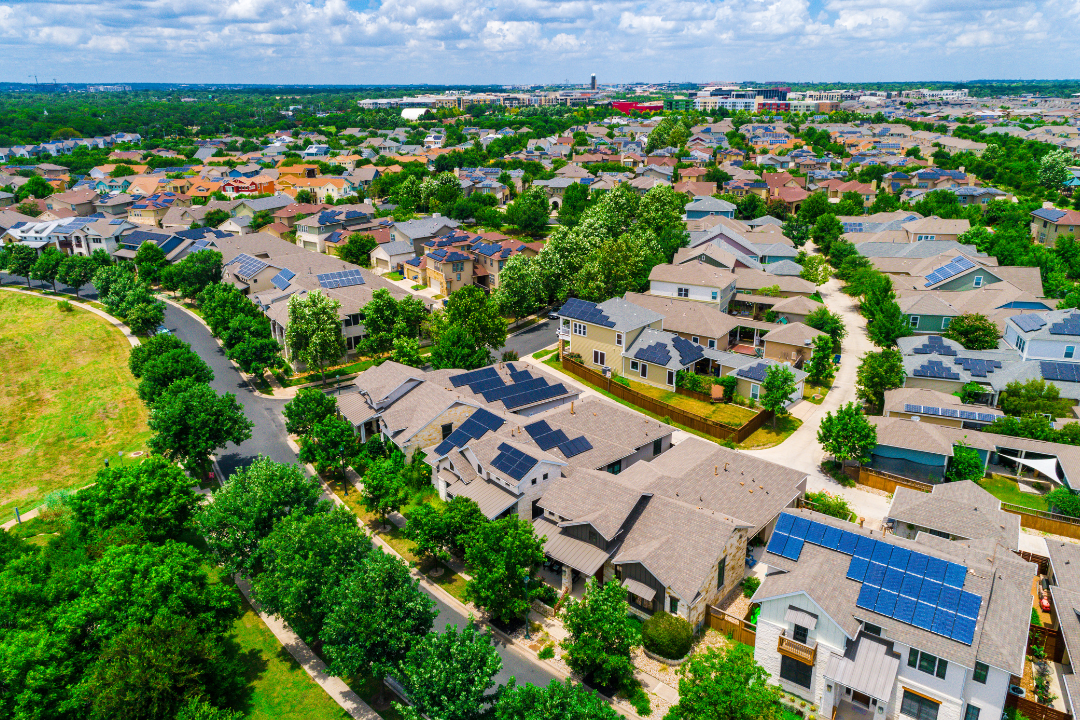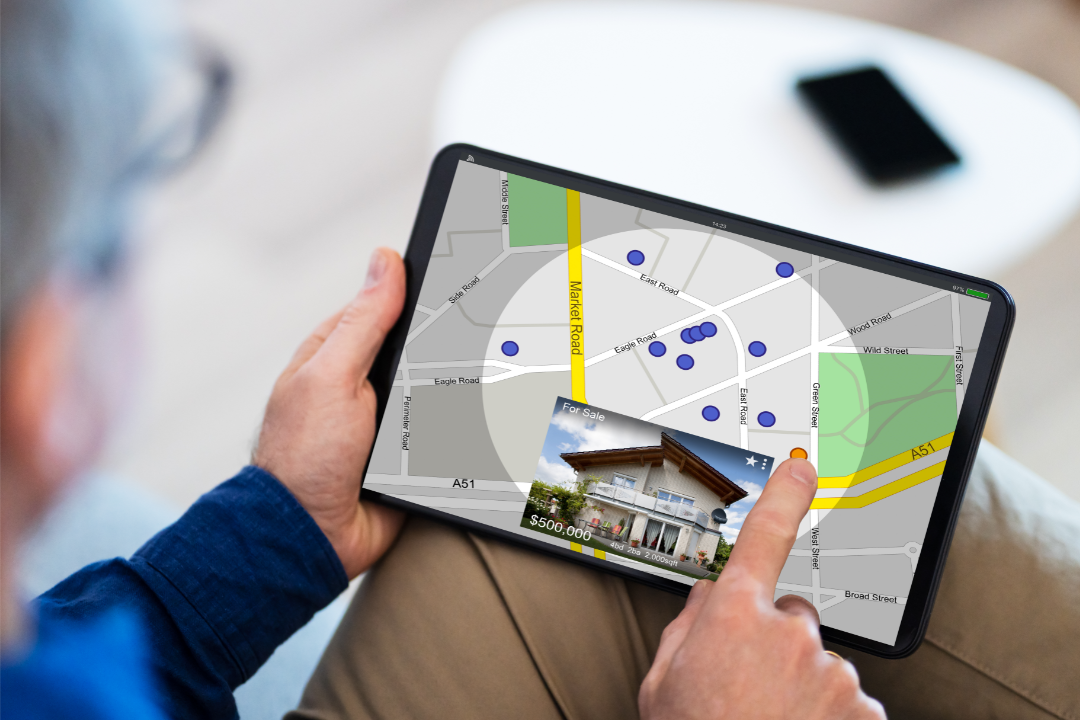Exploring the Latest Innovations in LVL Formwork
Laminated Veneer Lumber (LVL) formwork has become a crucial component in modern construction, revolutionizing the way structures are built. This article delves into the latest innovations in LVL formwork, examining the advancements in technology and their impact on the construction industry. By understanding these innovations, we can gain insights into the future of LVL formwork and its potential in sustainable construction. Understanding LVL Formwork: A Brief Overview Laminated Veneer Lumber (LVL) is a type of engineered wood that is widely used in formwork applications. It is made by bonding together layers of veneer with an adhesive, creating a strong and durable material. LVL formwork offers numerous advantages over traditional formwork systems, including increased strength, flexibility, and efficiency. Let’s explore the basic components of LVL formwork and its crucial role in the construction industry. The Basic Components of LVL Formwork LVL formwork consists of several key components that work together to support concrete during the construction process. These components include LVL beams, panels, walings, and props. LVL beams are horizontal members that provide primary support for the formwork. They are often placed at regular intervals to distribute the load evenly. LVL panels, on the other hand, are used to create the vertical surfaces of the formwork. They are lightweight and can be easily assembled and disassembled, making them ideal for various construction projects. Walings are horizontal members that connect the LVL beams, providing additional support and stability to the formwork system. Props, also known as shore props or acrow props, are adjustable vertical members that help support the weight of the formwork and distribute the loads. The Role of LVL Formwork in Construction LVL formwork plays a crucial role in the construction process. It provides a temporary structure that supports the weight of the concrete and helps shape it to the desired form. By using LVL formwork, construction teams can achieve accurate and consistent results, ensuring the structural integrity of the building. The versatility of LVL formwork allows it to be used in a wide range of applications, from residential buildings to large-scale commercial projects. One of the key advantages of LVL formwork is its ability to withstand heavy loads. The laminated veneer lumber used in the construction of formwork has high strength and stiffness, making it capable of supporting the weight of concrete and other construction materials. This strength allows for the creation of larger and more complex structures, as LVL formwork can handle the increased loads without compromising safety or stability. Another benefit of LVL formwork is its flexibility. The modular nature of LVL components allows for easy customization and adaptation to different construction projects. LVL beams and panels can be cut to size on-site, making it possible to create formwork systems that perfectly fit the requirements of each specific project. This flexibility not only saves time and money but also ensures that the formwork is tailored to the unique needs of the construction site. Furthermore, LVL formwork offers increased efficiency in the construction process. The lightweight nature of LVL components makes them easy to handle and transport, reducing labor and logistics costs. Additionally, the quick assembly and disassembly of LVL formwork systems enable faster construction cycles, allowing for shorter project timelines. This efficiency is particularly advantageous in projects with tight schedules or when multiple formwork systems need to be used simultaneously. The Evolution of LVL Formwork Technology Over the years, LVL formwork technology has witnessed significant advancements, evolving from traditional techniques to more modern and efficient methods. Understanding this evolution is essential to appreciate the latest innovations in LVL formwork. Traditional LVL Formwork Techniques In the past, LVL formwork was primarily assembled on-site using conventional methods. Workers would manually cut and shape the LVL beams and panels to fit the desired form. While this method was effective, it required significant time and effort. Despite the labor-intensive nature of traditional techniques, they laid the foundation for the development of more efficient and sophisticated LVL formwork systems. Modern Advances in LVL Formwork The advent of modern technology has led to significant improvements in LVL formwork systems. Today, advanced manufacturing processes allow for the precise production of pre-cut LVL components, reducing on-site labor and assembly time. Additionally, the integration of computer-aided design (CAD) software has revolutionized the way LVL formwork is designed. With CAD, engineers can create intricate formwork designs, optimizing the use of materials and enhancing overall efficiency. Find more about efficiency on https://conceptually.org/concepts/efficiency Furthermore, the introduction of hydraulic and mechanical systems has made formwork assembly and dismantling faster and safer. These systems enable workers to adjust the formwork easily, ensuring precise alignment and facilitating the construction process. Moreover, the evolution of LVL formwork technology has also brought about advancements in sustainability. With a growing focus on eco-friendly construction practices, manufacturers have developed LVL formwork systems that utilize sustainable materials and minimize waste. For instance, some LVL formwork systems now incorporate recycled materials, such as reclaimed wood or recycled plastic, reducing the environmental impact of construction projects. Additionally, the use of modular formwork systems allows for easy disassembly and reusability, promoting a more sustainable approach to construction. Furthermore, the latest LVL formwork systems are designed to withstand extreme weather conditions, ensuring durability and longevity. This is particularly important in regions prone to hurricanes, earthquakes, or heavy snowfall, where formwork needs to be robust and reliable. In conclusion, the evolution of LVL formwork technology has not only improved efficiency and safety but has also contributed to sustainable construction practices. With ongoing research and development, we can expect further advancements in LVL formwork systems, making construction processes even more streamlined and environmentally friendly. The Latest Innovations in LVL Formwork The continuous advancements in technology have paved the way for remarkable innovations in LVL formwork. These innovations focus on improving material technology, enhancing design efficiency, and embracing sustainable construction practices. One of the key areas of focus in the latest innovations in LVL formwork is the development of advanced surface treatments. These treatments not only enhance the aesthetics of the formwork but
Exploring the Latest Innovations in LVL Formwork Read Post »








